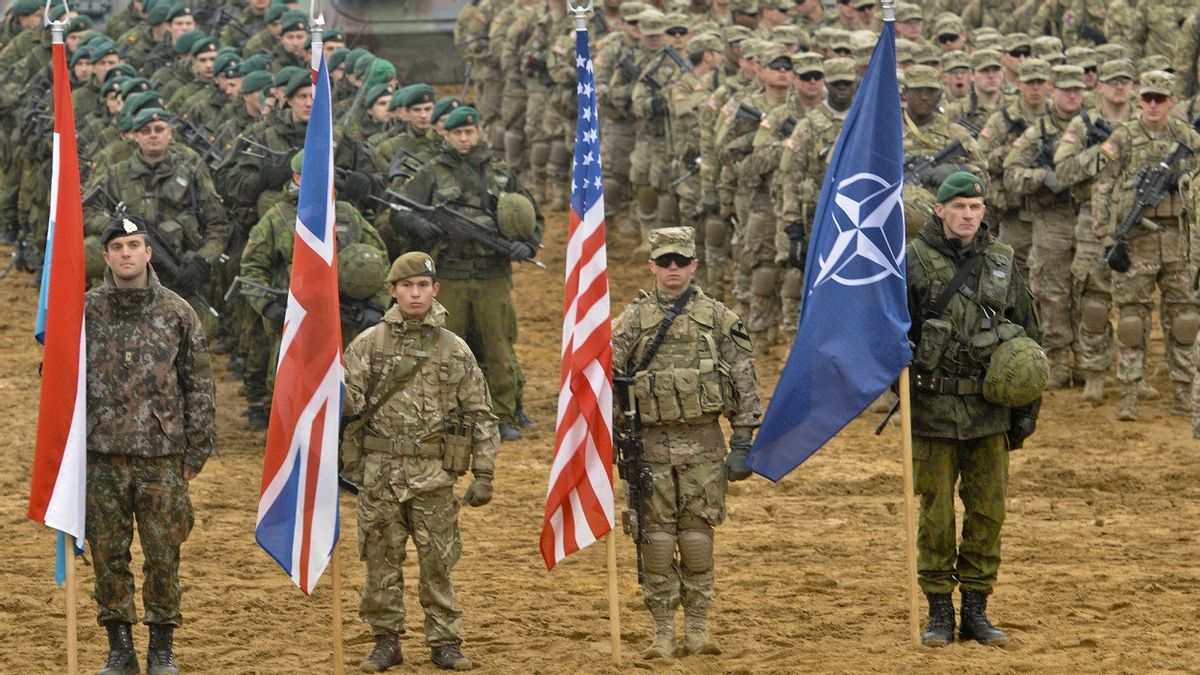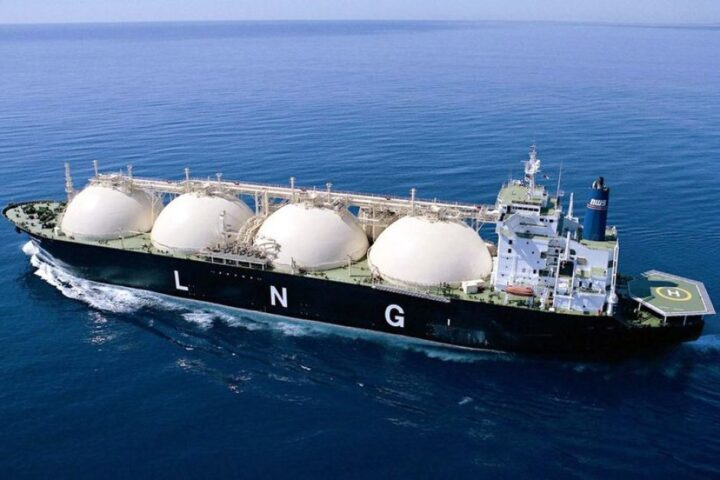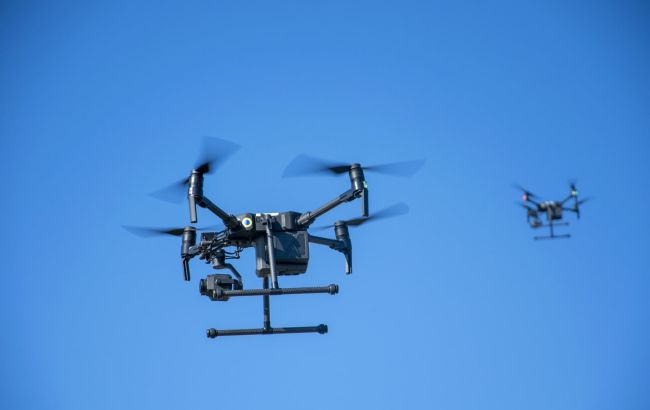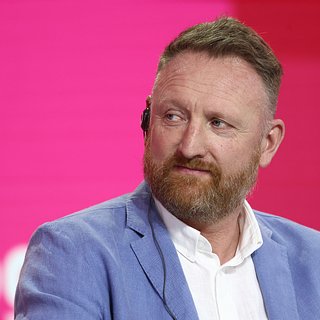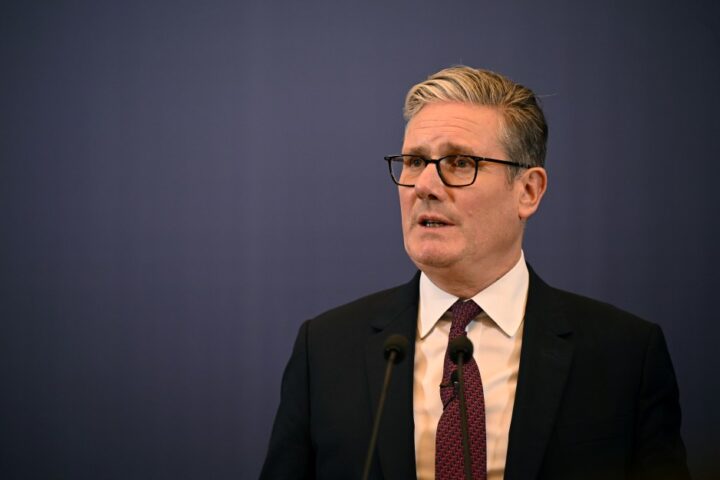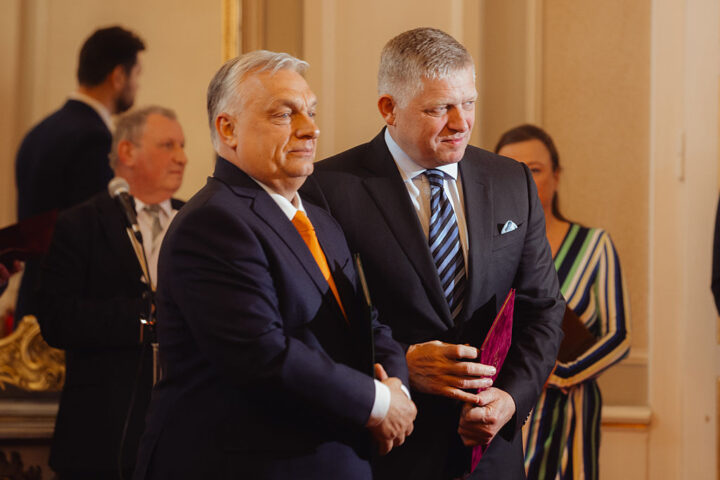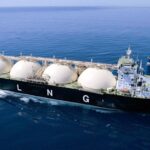NATO chief signals risk of joint conflict scenario within two years
The new NATO Supreme Allied Commander Europe, General Alex Grynkewich, has warned that the EU and the United States have a limited window of just 18 to 30 months to prepare for a potential coordinated military assault by Russia and China. In an interview published on 17 July by the German daily Bild, Grynkewich said the two authoritarian powers may attempt to launch simultaneous offensives—Russia in Europe, and China against Taiwan—potentially triggering a global war.
Grynkewich believes that the scenario would be driven by Beijing, with the Chinese Communist Party deciding the timing of a joint operation. He suggested that Russia, increasingly dependent on China, would act as a subordinate partner in such a conflict, deploying troops to attack a NATO member state in order to divert Western resources away from the Indo-Pacific theatre.
According to the general, Russian forces could be used as “cannon fodder” in this diversionary strategy, with Moscow initiating the European front to buy time for a full-scale amphibious invasion of Taiwan.
Urgency to reassess threat timelines
The warning comes amid growing scepticism among military experts regarding earlier estimates provided by European defence officials. Germany’s Defence Minister Boris Pistorius had previously forecast a Russian attack on NATO states within six years, while incoming NATO Secretary General Mark Rutte spoke of a seven-year horizon. Grynkewich, however, dismissed such timelines as dangerously optimistic.
“It is clear Russia will not wait for the EU to complete its rearmament,” Grynkewich stated. Western analysts largely agree that Moscow would likely exploit vulnerabilities before European military modernisation is complete and internal NATO coordination is fully functional.
Vulnerable regions and high-risk flashpoints
Experts identify several key areas at risk of Russian aggression, should such a conflict scenario unfold. These include the Suwałki Gap—a narrow corridor between Poland and Lithuania connecting NATO’s eastern flank—as well as the Baltic states, which have historical and strategic significance for the Kremlin. Another potential target, the Republic of Moldova, remains largely shielded from Russian attack due to its lack of a shared border with Russia and its proximity to Ukrainian defences.
The general’s warning underscores a broader concern that Moscow’s ambitions extend beyond Ukraine, aiming to exploit grey zones in European security architecture and test the resolve of NATO’s eastern front.
Strategic readiness and deterrence planning
In light of these warnings, calls are growing for the EU and its allies to raise defence spending to at least 5% of GDP and to secure stockpiles of ammunition, military equipment, and logistical support. Analysts argue that Europe must strengthen its autonomous military capabilities rather than relying solely on the US.
In parallel, the EU and the US are urged to jointly develop an integrated deterrence strategy that takes into account the deepening military and political alignment between Russia and China. This strategic pivot reflects an evolving global power configuration, where the emerging authoritarian bloc—comprising Russia, China, North Korea and Iran—is increasingly assertive.
The outcome of the war in Ukraine is seen as a critical factor in shaping future global dynamics. Western policymakers now widely acknowledge that Kyiv’s fate will influence not only negotiations with Beijing, but also the trajectory of global conflict and deterrence.
